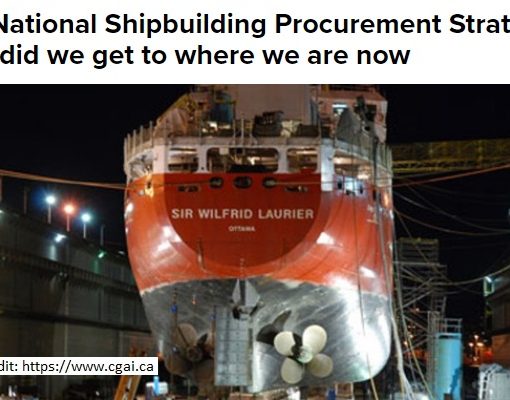I recently discovered your website and have been reading many past articles where the perennial problems of procurement are featured.
Why is there no mention of the ORCA Training Patrol Craft program? A $70M contract was awarded in the November 2004. The first boat, Orca, was accepted in November 2006. The eighth and final boat, Moose, has been completed on schedule, in November 2008. During construction the option to add two more boats was exercised and today the navy has eight new PCTs - 4 years, 8 boats. Maybe this is a topic worthy of a future article in the Naval Review.
Is designating a ship “T”, for training, the answer? What if the navy requested an LST; not a Landing Ship, Tank, but a Landing Ship, Training?
A stretched Batral-class LST with a upgraded integrated electric drive might fit the bill. The army could sort out the business of ship-to-shore movement suing a 1400 tonne ‘floating truck’. Pilots of the new Cyclone (and Griffon?) helicopters could practice landings and take-offs from a ship, that will cost far less to build and operate than a Halifax-class frigate. The navy, army and air force could develop the procedures to conduct tactical sealift operations. In time, planners may discover what the French Navy has known for 20 years; these small versatile LSTs are capable of a number of roles.
Perhaps the greatest advantage of a Landing Ship, Training, would be the Canadian Forces will gain 10 or 15 years of tactical sealift experience before the perfect ship(s) is built and delivered.
I was pleased to find the Canadian Naval Review addressing naval issues in a public forum and in a most engaging format.


